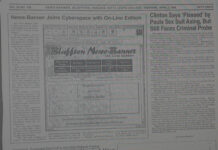Go away, Thomas Benton. We don’t want your kind around here. Welcome, Alfred Kinsey. You are one of us. So it goes in the swamp of 21st century culture. Or perhaps we are just witnessing the moral vacuum in one prestigious university. Thomas Hart Benton was a renowned painter, along with Grant Wood a member…



